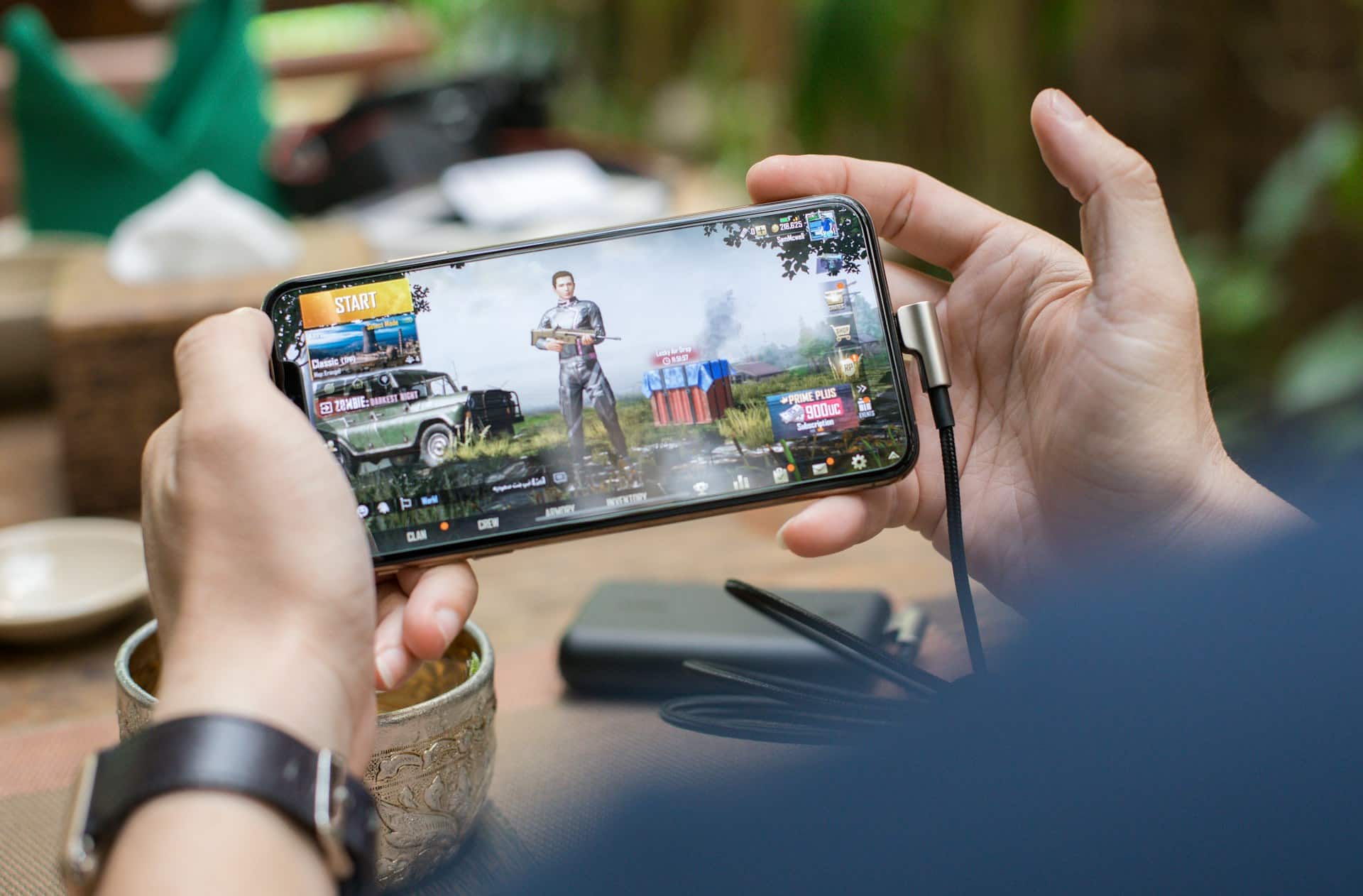Quality assurance (QA) is a critical component in the development of mobile games, ensuring that the final product is both functional and enjoyable for users. A comprehensive test plan outlines the strategies, resources, and processes necessary to identify and fix issues before the game reaches players. This article provides an in-depth look at creating an effective test plan for mobile game QA.




1. Introduction
Mobile games have become a major segment of the gaming industry, with millions of players worldwide. Given the vast range of devices, operating systems, and network conditions, QA for mobile games is particularly challenging. A structured test plan is essential to manage these complexities and deliver a high-quality product.
2. Objectives
The primary objective of the test plan is to ensure that the mobile game meets all specified requirements and provides a seamless experience across different devices and conditions. Specific goals include:
- Identifying and fixing functional bugs
- Ensuring compatibility with various devices and operating systems
- Assessing performance under different conditions
- Verifying user interface and experience
- Ensuring security and data privacy
3. Scope
3.1 In-Scope
- Functional Testing: Validating game mechanics, features, and functionality.
- Compatibility Testing: Ensuring the game runs smoothly on different devices, screen sizes, and operating systems (iOS, Android).
- Performance Testing: Assessing how the game performs under various conditions such as low battery, different network speeds, and extended playtime.
- Usability Testing: Evaluating the user interface (UI) and user experience (UX) to ensure the game is intuitive and engaging.
- Security Testing: Identifying vulnerabilities to protect user data and prevent cheating or hacking.
3.2 Out-Of-Scope
- Testing on deprecated or extremely rare devices
- Non-functional requirements not specified in the game design document
4. Test Strategy
4.1 Testing Types
- Manual Testing: Exploratory and scripted testing to uncover issues that automated tests might miss.
- Automated Testing: Regression tests and repetitive tasks automated to increase efficiency and coverage.
- Beta Testing: Involving real users to gather feedback on game playability and identify issues in real-world conditions.
4.2 Testing Phases
- Alpha Phase: Internal testing focusing on core functionality and major bugs.
- Beta Phase: Limited release to external testers for real-world feedback and identifying less obvious issues.
- Release Candidate Phase: Final testing to ensure the game is ready for launch.
5. Test Environment
5.1 Devices And Operating Systems
Testing should cover a representative sample of devices and operating systems, including:
- Popular iOS and Android devices with various screen sizes and resolutions.
- Different versions of iOS and Android to ensure backward compatibility.
5.2 Network Conditions
Testing under various network conditions such as 4G, 5G, Wi-Fi, and offline modes to ensure optimal performance and functionality.
5.3 Tools And Software
- Bug Tracking: Tools like Jira or Trello to manage and track issues.
- Automation Tools: Selenium, Appium, or custom scripts for automated tests.
- Performance Monitoring: Tools like Firebase, New Relic, or GameBench for tracking performance metrics.
6. Test Cases
6.1 Functional Test Cases
- Game Mechanics: Ensure all game mechanics work as intended (e.g., movement, combat, level progression).
- Features: Verify all features (e.g., in-app purchases, social sharing) function correctly.
6.2 Compatibility Test Cases
- Device Compatibility: Test on various devices to ensure the game runs smoothly.
- Operating System Compatibility: Verify functionality across different OS versions.
6.3 Performance Test Cases
- Load Testing: Assess how the game handles multiple concurrent users.
- Stress Testing: Determine how the game performs under extreme conditions (e.g., low battery, poor network).
6.4 Usability Test Cases
- UI/UX Evaluation: Ensure the interface is intuitive and user-friendly.
- User Feedback: Gather feedback from beta testers to identify areas for improvement.
6.5 Security Test Cases
- Data Protection: Ensure user data is securely stored and transmitted.
- Cheat Prevention: Identify and mitigate vulnerabilities that could be exploited for cheating.
7. Test Execution
7.1 Test Cycle
- Preparation: Set up the test environment and devices.
- Execution: Run test cases and document results.
- Review: Analyze test results and identify issues.
- Retesting: Verify fixes and ensure no new issues have been introduced.
7.2 Reporting
- Daily Reports: Provide daily updates on testing progress and issues identified.
- Final Report: Summarize the overall testing process, major issues found, and their resolution status.
8. Risk Management
8.1 Potential Risks
- Device Fragmentation: Difficulty in covering all device and OS combinations.
- Resource Constraints: Limited time and resources for thorough testing.
- Unexpected Bugs: New bugs emerging late in the testing phase.
8.2 Mitigation Strategies
- Prioritization: Focus on the most popular devices and critical functionality.
- Incremental Testing: Regularly integrate and test new features to catch issues early.
- Buffer Time: Allocate extra time for unexpected issues and retesting.
9. Mobile Game Quality – Conclusion
A well-structured test plan is crucial for ensuring the quality of a android game testing services. By clearly defining objectives, scope, strategies, and test cases, developers can systematically identify and address issues, delivering a polished and enjoyable gaming experience.
Regular communication and thorough documentation throughout the testing process further enhance the effectiveness of QA efforts, leading to successful game launches and satisfied players.


If you are interested in even more technology-related articles and information from us here at Bit Rebels, then we have a lot to choose from.

